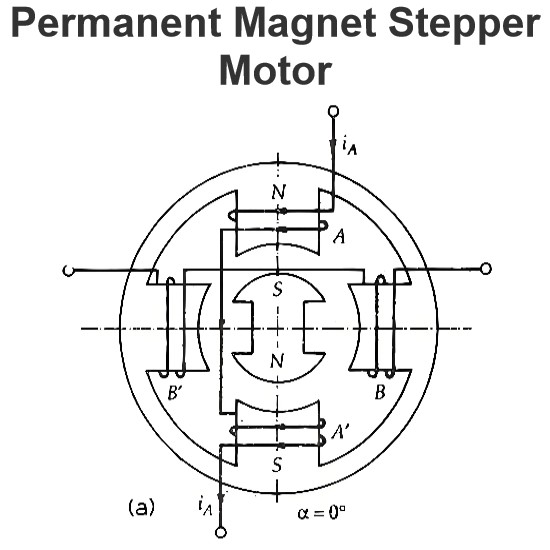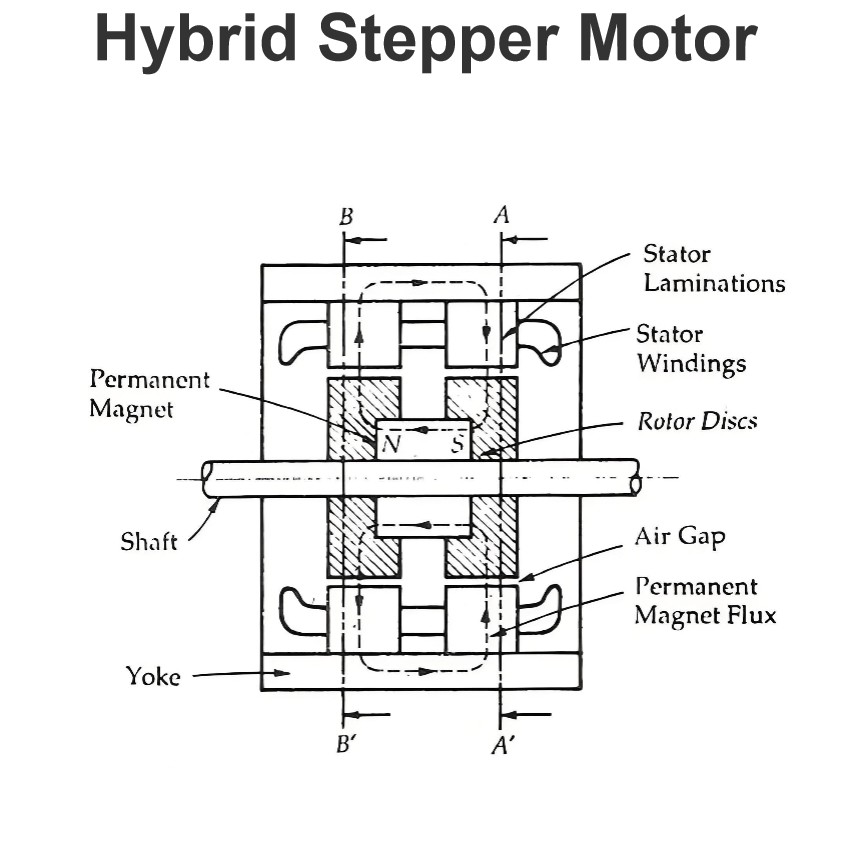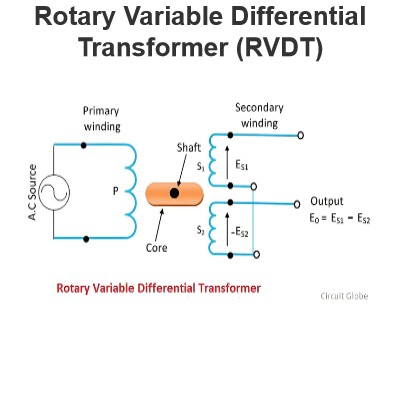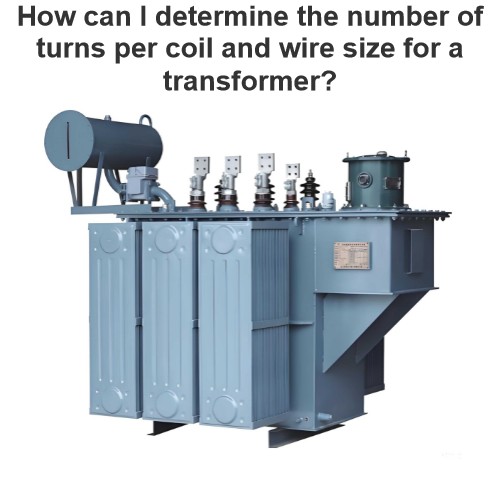How do you know the maximum number of groups of coils in a three-phase electric motor?
The maximum number of coil groups in a three-phase motor can be determined by considering the relationship between the number of poles, phases, and slot positions in the motor. Here's how to calculate it:
Pole and Slot Count: In a three-phase motor, the slot count is usually a multiple of 3 because each phase has its own coil group evenly distributed around the stator. The relationship between the slot count (S) and the pole count (P) is directly related through the three-phase winding mode: S = P * N, where N is the number of turns per pole (usually 2 for simple configurations).
Number of coils per phase: In a three-phase motor, each phase has a certain number of coils. The number of coils per phase (Cp) can be calculated by dividing the total number of slots by the product of the number of phases and the number of slots per pole pair. For example, if there are 48 slots and 8 poles, then the number of coils per phase is 48 / (3 * 8) = 2 coils.
Number of Coil Groups per Phase: Since each coil group aligns with one magnetic pole, the number of coil groups per phase is equal to the number of poles. Therefore, if there are 8 poles, each phase will have 8 coil groups.
Total Number of Groups: To find the total number of groups in a motor, multiply the number of groups per phase by the number of phases. For example, for an example with 8 poles and 3 phases, the total number of groups is 8 * 3 = 24 groups.
In summary, understanding the pole pairs and slot numbers in a three-phase electric motor allows you to determine the maximum number of coil groups by dividing the total slot number by the product of the phase number and the number of slots per pole pair, and then multiplying by the phase number.
The Electricity Encyclopedia is dedicated to accelerating the dissemination and application of electricity knowledge and adding impetus to the development and innovation of the electricity industry.




